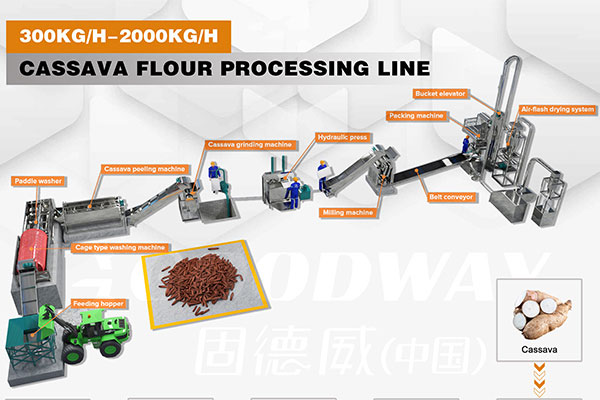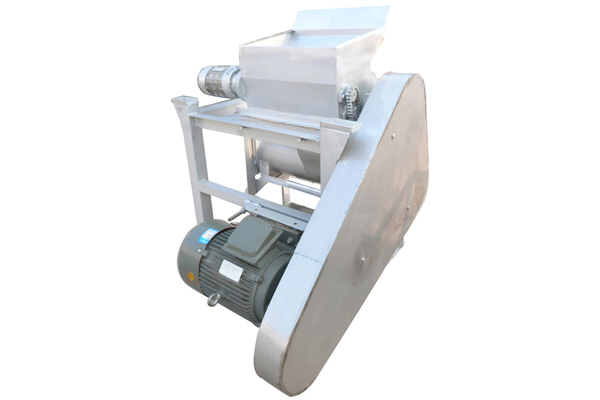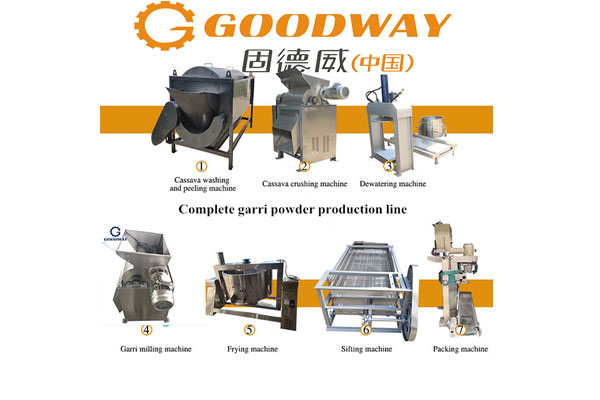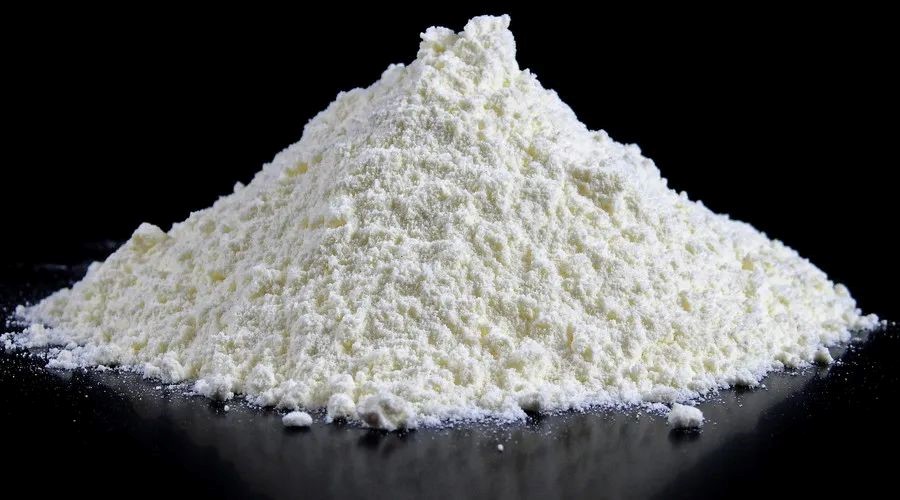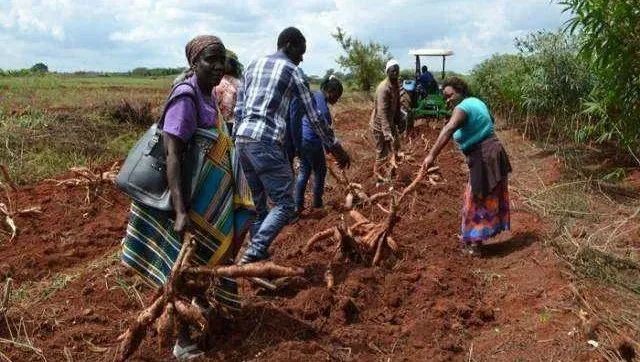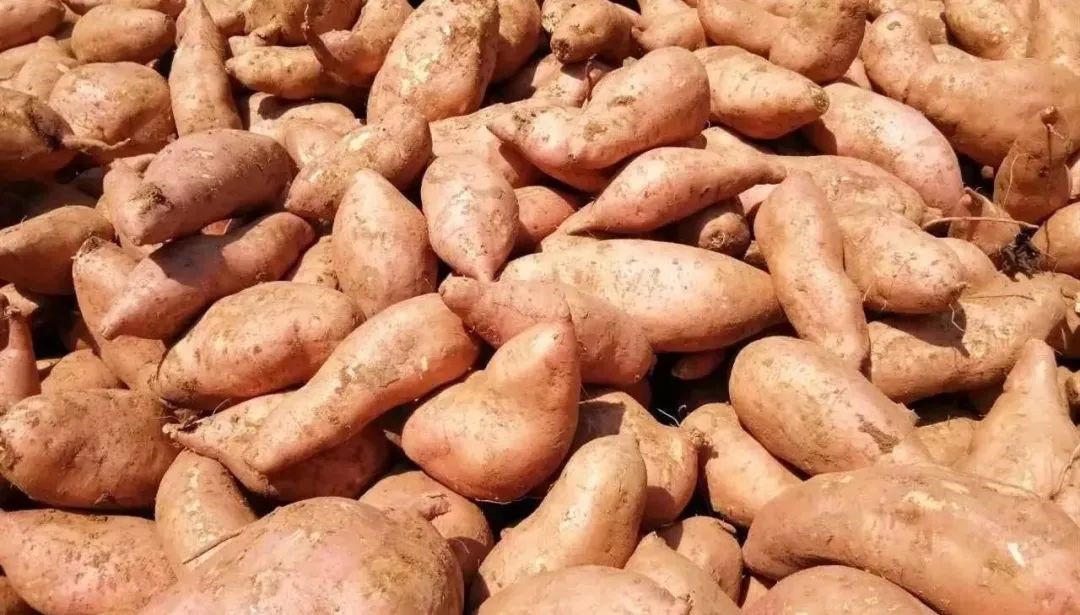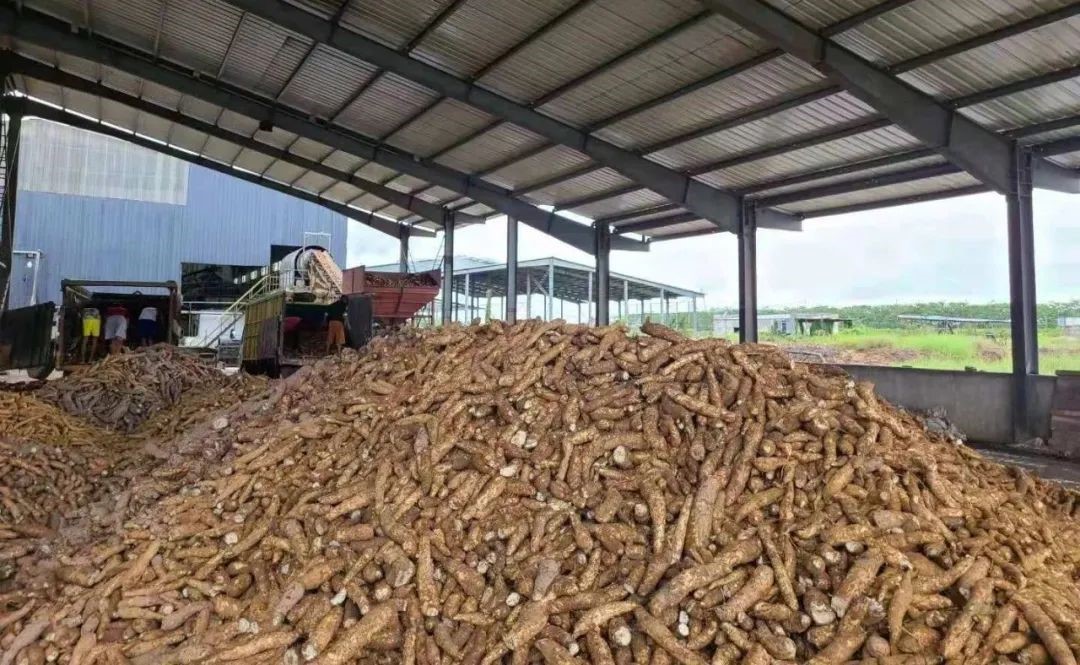
- Home
- About Us
-
Products
- Cassava Crusher
- Cassava Sieving Machine
- Cassava Washing Machine
- Dewatering and Drying System
- Cassava Peeling Machine
- Cassava Grinding Machine
- Cassava Chips Cutting Machine
- Cassava Drying Machine
- Cassava Garri Fryer
- Potato Washing Machine
- Cassava Flour Milling Machine
- Cassava Harvesting Machine
- Cassava Starch Extraction Machine
- Case
- News
- Service & Parts
- Contact Us
 EN
EN
 fr
fr  es
es  it
it  pt
pt 